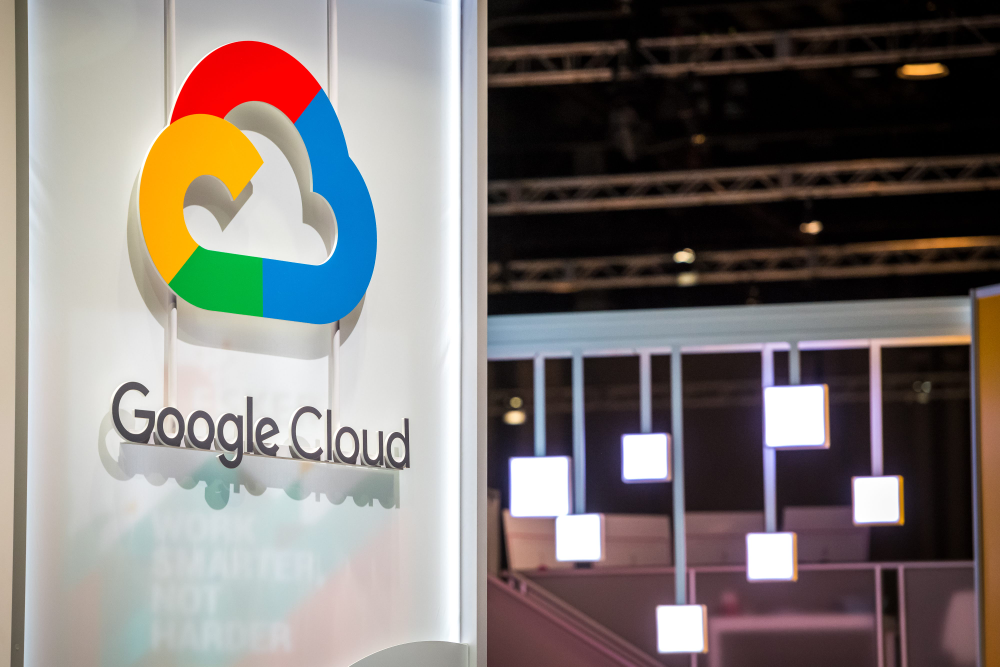 CLOUD
CLOUD
 CLOUD
CLOUD
 CLOUD
CLOUD
Google LLC today launched Cloud Scheduler, a new automation service for its public cloud that enables companies to run maintenance tasks and other technical operations at predetermined intervals.
Cloud Scheduler is a managed implementation of Cron, a ubiquitous open-source tool used in most of everything from databases to WordPress sites. It’s designed to fulfill a narrow but essential function: scheduling tasks, or “jobs” in developer parlance, so that information technology teams won’t have to perform them manually.
Google’s new offering aims to take the hassle of using Cron. It’s a fully managed service, meaning that engineers don’t have to maintain the underlying infrastructure manually, and it includes automation features for handling technical issues.
The first capability is something that the company refers to as “at-least-once delivery.” As the name implies, it makes sure a scheduled task is executed at least once, which enables engineers to guarantee that important technical changes are carried out. The mechanism also spares IT teams the hassle of rescheduling failed jobs.
The other reliability feature built into Cloud Scheduler provides the ability to retry tasks across multiple cloud data centers. According to Google, this option enables the service to smoothly carry out jobs even if one of the locations experiences technical issues.
The company sees Cloud Scheduler coming in handy for a broad range of use cases. Developers use Cron to schedule maintenance operations, database changes, email notifications and a long list of other actions. Cloud Scheduler also enables customers to schedule jobs for other Google Cloud services, as well as the workloads they run on the platform.
“Cloud Scheduler runs a job by sending an HTTP request or Cloud Pub/Sub message to a specified target destination on a recurring schedule,” Google product manager Vinod Ramachandran explained. “The target handler executes the job and returns a response. If a job fails, an error is sent back to Cloud Scheduler, which then retries the job until the maximum number of attempts is reached. Once the job has been scheduled, you can monitor it on the Cloud Scheduler UI and check for the status of the job.”
Cloud Scheduler is available immediately in beta to all Google Cloud users. Pricing starts at 10 cents per scheduled job per month.
Support our mission to keep content open and free by engaging with theCUBE community. Join theCUBE’s Alumni Trust Network, where technology leaders connect, share intelligence and create opportunities.
Founded by tech visionaries John Furrier and Dave Vellante, SiliconANGLE Media has built a dynamic ecosystem of industry-leading digital media brands that reach 15+ million elite tech professionals. Our new proprietary theCUBE AI Video Cloud is breaking ground in audience interaction, leveraging theCUBEai.com neural network to help technology companies make data-driven decisions and stay at the forefront of industry conversations.